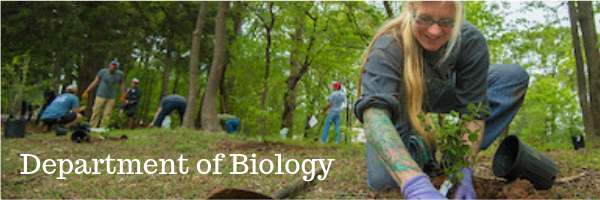
Faculty and Student Publications
Document Type
Article
Publication Date
1-1-2019
Abstract
© 2019 Botanical Society of America Premise of the Study: Ecologists generally agree that weak interspecific competition for light contributes to high plant species diversity in ecosystems with nutrient-poor soils. However, the role of competition for light in such ecosystems that are also maintained by fire is poorly understood. I quantified intra- and interspecific competition for light in a fire-maintained nutrient-poor pine savanna by contrasting the effects of conspecific and heterospecific neighbors of the pale pitcher plant, Sarracenia alata. Methods: Accounting for initial neighbor abundance/aboveground production and initial transplant size, I measured growth and survival of small and large pitcher plant ramets of Sarracenia alata transplanted to the vicinity of natural, undisturbed mixtures of large pitcher plants and their heterospecific neighbors in the field. I tested competition for light and nutrients by clipping conspecific neighbors and by excluding prey from unclipped neighbors of transplants. I tested interspecific competition by uprooting heterospecific neighbors. Key Results: Plant survivorship increased when conspecific neighbors were clipped and/or starved but not when heterospecific neighbors were uprooted. Small pitcher plants benefited from clipping large conspecific neighbors, suggesting that competition for light was important. Large pitcher plants benefited from excluding prey from their neighbors, with no additional benefit of clipping, suggesting that competition for prey limited their survival. Transplants produced new pitchers that were taller with narrower openings (i.e., shade avoidance) when heterospecific neighbors were left intact but not when conspecifics were unclipped. Conclusions: Results demonstrate size-dependent intraspecific competition for light and nutrients and interspecific shade avoidance in Sarracenia alata, which could be important to understanding species coexistence in fire-maintained nutrient-poor ecosystems.
Relational Format
journal article
Recommended Citation
Brewer, J. S. (2019). Inter- and intraspecific competition and shade avoidance in the carnivorous pale pitcher plant in a nutrient-poor savanna. American Journal of Botany, 106(1), 81–89. https://doi.org/10.1002/ajb2.1219
DOI
10.1002/ajb2.1219
Accessibility Status
Searchable text

